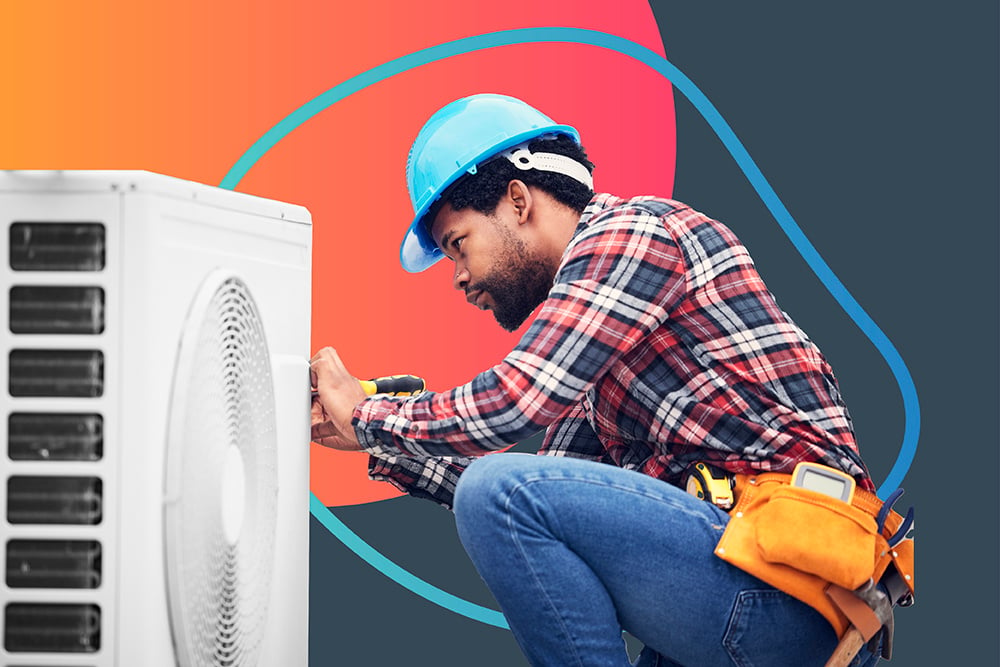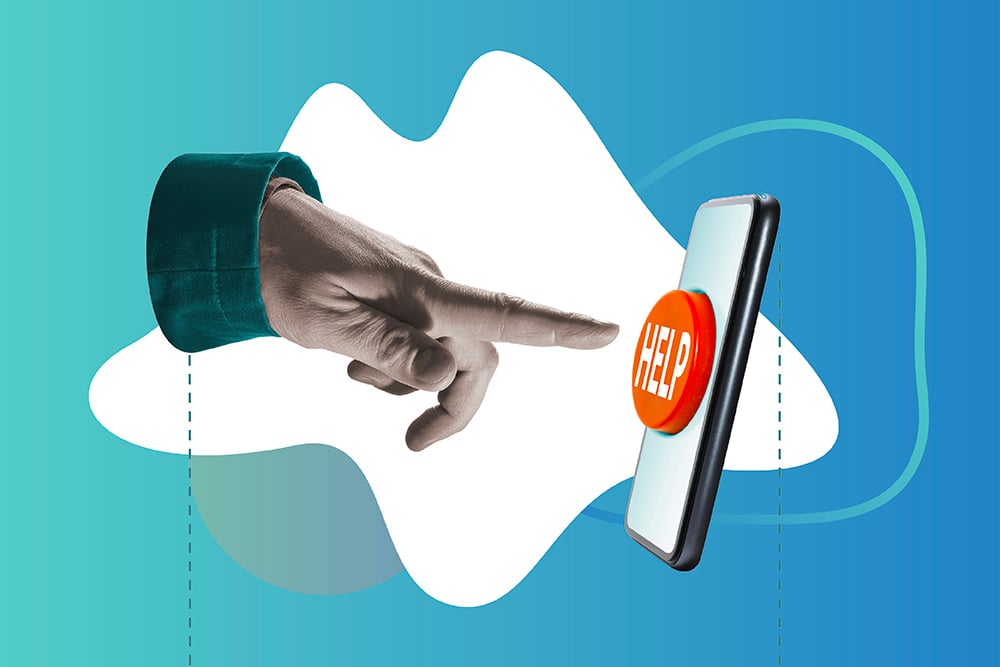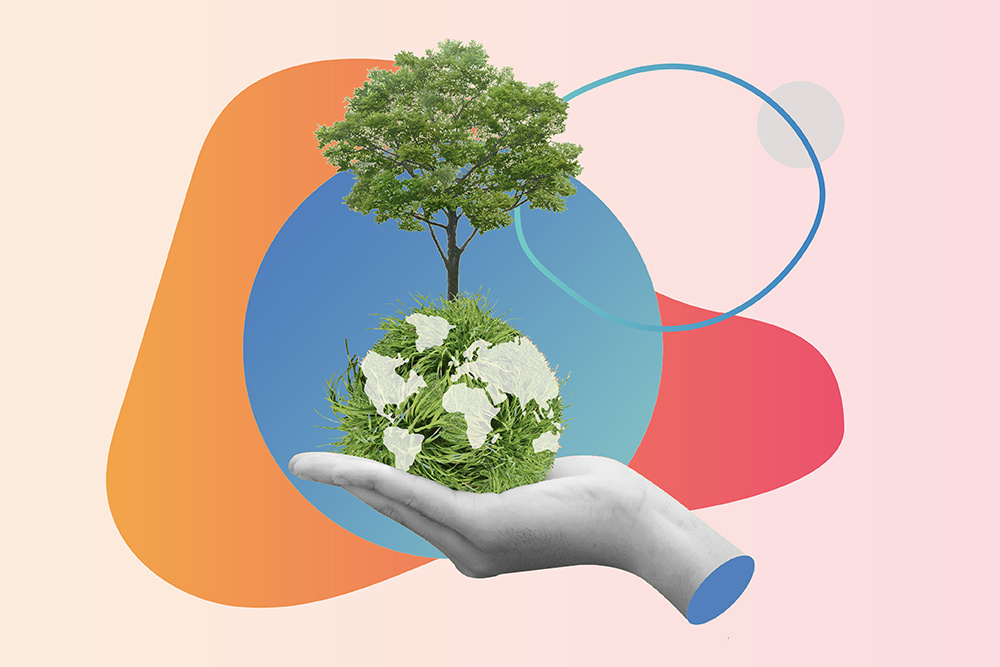Servitization in Field Service Management
Enabling a comprehensive, frictionless customer experience is an integral aspect of field service management and it often plays a large role in...

The global pandemic, the rise of a remote workforce, the increased adoption of blended workforces, and other factors have spurred the need for field service providers to transform their existing field service and business models.
Whether it’s addressing evolving challenges or seizing potential business opportunities, field service organizations are looking for innovative technology to help in their transformation. However, questions also arise. How can the Internet of Things (IoT) help the field service industry? What does field servitization mean to the industry? Does Augmented Reality (AR) provide any competitive advantages?
This post will help answer the questions and examine the benefits of these technologies and approaches while making the case for transforming the field business model to meet the needs of today and tomorrow.
It’s important to first clarify and define what IoT, AR, and servitization are before unpacking the benefits.
Simply defined, IoT is a vast network of interconnected digital devices that are able to communicate and exchange data via the Internet. Examples include devices such as cell phones, laptops, smart fitness devices, washing machines, dishwashers, refrigerators, air conditioners, lights, heaters, and more.
IoT devices are not just limited to consumer devices. Within the field service industry, there is a wide array of IoT-connected devices deployed, such as company computers, field technician mobile devices (cell phones, tablets, etc), various equipment – as well as customer appliances.
How fast is IoT growing? Answer: very fast. In fact, the worldwide number of IoT-connected devices is expected to grow to 42 billion by 2023, according to research from McKinsey.
Servitization is defined as a proactive approach to field service management; for example, original equipment manufacturers (OEMs) can leverage IoT to remotely monitor equipment conditions and provide predictive maintenance services.
AR is an interactive experience that enhances a real-world environment by superimposing computer-generated 3D elements into the existing environment – all in real time. It’s important to note that AR is not interchangeable with Virtual Reality (VR). AR adds digital elements to enhance the existing real world while VR is a self-contained computer environment.
Let’s examine how these three innovative solutions and approaches can work in accordance with each other, and ultimately help you transform your field service business.
Predictive maintenance, a type of servitization, is an approach where the field service business proactively improves its customer experience customer retention rates, and profitability. At the core of all these are based on strategic and actionable data.
But where does all the data come from?
IoT technology is a key driver of capturing that valuable data.
For example, IoT technology can be used to remotely monitor equipment. These connected IoT devices/sensors continuously collect data on the equipment and can communicate (in real-time) the need for maintenance or repairs to the field service business. By proactively monitoring customers’ equipment through IoT, field service businesses can mitigate unplanned downtime or service delays while the device or equipment system is still functioning.
Deploying IoT technology can also help drive profits for field service businesses. For example, an IoT device can relay critical real-time data to field technicians who can then properly diagnose what is needed. This improves efficiency, preparation, and the service workflow.
There are three types of AR: marker-based, markerless, and location-based. Marker-based AR recognizes visual points before populating an animation where the element will appear to “attach/stick” to the marketer. Markerless AR allows the user to move a virtual object anywhere in their real-world environment. Location-based AR uses real-world location and ties it to the digital content.
Let’s examine a few examples of how AR is used in the field service industry.
One use case of AR is the deployment of AR as a visual aid for field technicians with the superimposing device/system diagrams or instructions over equipment in the field.
AR can also be used as a visually focused remote tool for consumers to collaborate in real time with expert field technicians. This approach obviates the need for customers and field technicians to go back and forth on the telephone to describe the maintenance need. Because AR is visual in its approach, customers and field technicians can use this visual approach to remotely triage and may even eliminate the need for an onsite visit. In short, remote field technicians can see exactly what the customer is seeing instead of going back and forth on the telephone, which is an outdated, inefficient, and error-prone approach.
AR, IoT, and servitization, when deployed strategically, can help field service businesses by improving the customer experience. Proactively resolving customers’ issues with AR and IoT-powered servitization improves customer retention while increasing your business's brand perception. Predictive maintenance in servitization shows that your customers can trust and rely on your business to provide a seamless, efficient, and high-quality service – sometimes even before they realize there is an equipment issue that needs to be resolved.
These innovative technologies and approaches also augment collaboration and communication between the customer, field technician, and the field service business. AR can help empower customers to work with remote field technicians – whether accurately describing and visualizing an equipment issue or bestowing a modicum of control on the customer to help guide a self-fix.
Overall, customer satisfaction and customer retention help drive field service business profitability; in fact, a 5% increase in customer retention can potentially increase company revenue by 25-95%, according to HubSpot Research.
Transforming your field service business model doesn’t happen overnight but it’s critical you team up with the right technology provider. As IoT, AR, and servitization are innovative approaches for businesses to deploy, combining disparate solutions may create more complexity, lack of adoption, and waste in investment.
Fortunately, ServicePower delivers a holistic approach to deploying IoT, AR, and servitization as well as the historical experience and expertise of working with field service businesses like yours. Adopting new technologies and approaches strategically can help you evolve with the changing customer landscape while remaining competitive.
Digital transformation doesn’t have to be so complex. Learn how ServicePower’s advanced field service management suite can help you join the digital transformation today.

Enabling a comprehensive, frictionless customer experience is an integral aspect of field service management and it often plays a large role in...

In the field service industry, most companies aim to delight their customers by providing service excellence. While this may sound simple enough,...

In recent years sustainability has become an increasingly important global initiative. Likewise, the United States and European Union have announced...